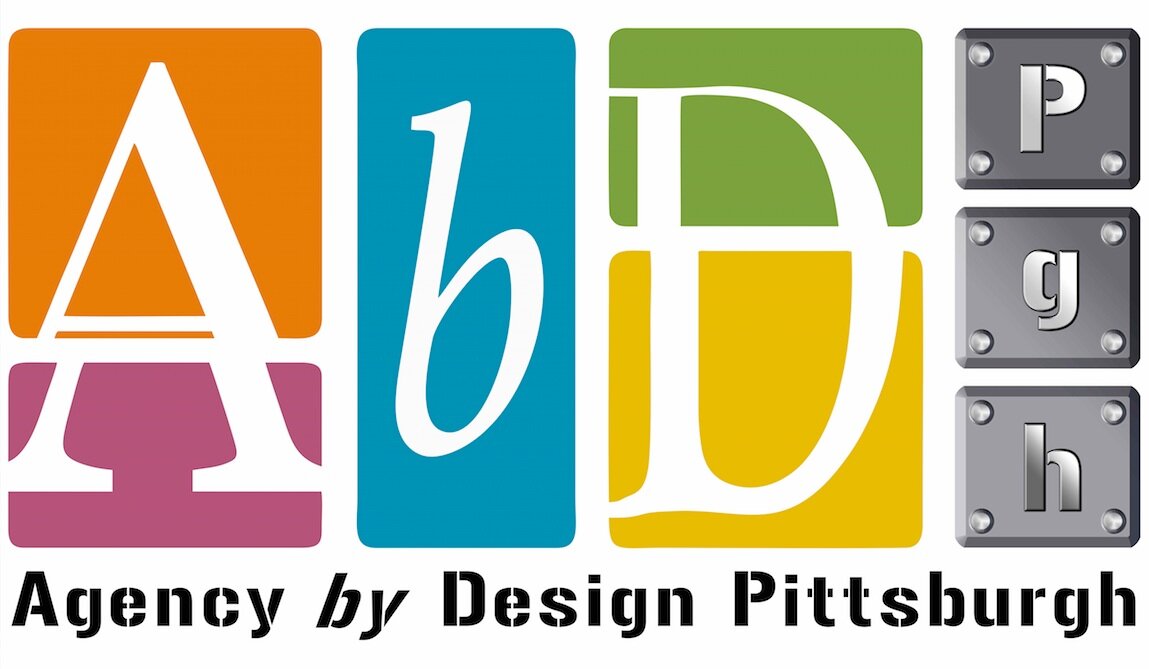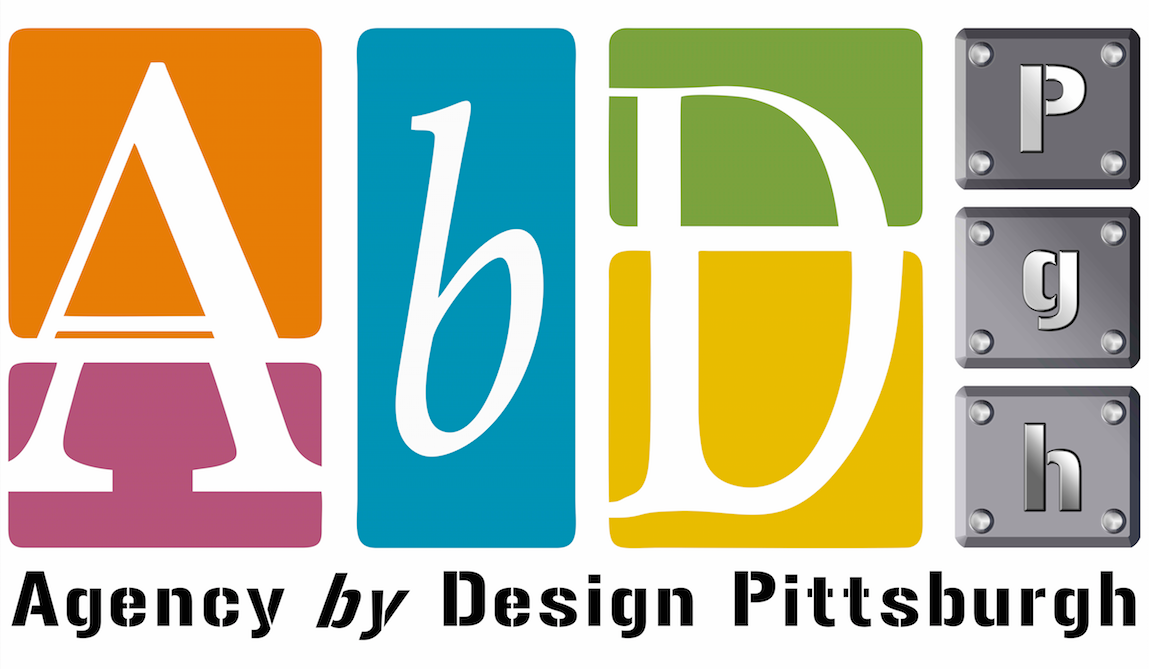Design Challenge
Design Challenges are prompts to encourage learners to engage in the design process to solve a problem, design a new product and / or design a new function. In AbD PGH, we use design challenges to encourage collaborative work, position ourselves as learners and build understanding of another setting.
Each AbD PGH meeting, we engage in a design challenge that takes between 1-2 hours total. The design challenge is broken up into three parts: Presenting the Challenge, Design to Address the Challenge, and Sharing.
Presenting the Challenge
The host school or educational organization is in charge of presenting the challenge. Our hope is that the host will share a problem that they have, a question they’ve been wondering or even an idea that they have not fleshed out. In some cases, the design challenge has even been a design challenge or activity that the host would like to share with the educators. The host will introduce this challenge, explain why it has been a challenge, describe potential attempts they have made to address the challenge and other constraints that they might include for the designers (educators).
The host will also introduce the educators to their workspace, the materials that they have available, and the additional learners who may be participating (like the host’s students). The host will also describe how the participants will be grouped, what the expectations for a product are and how much time will be available. Examples of design challenges have been:
How do we design a better field trip experience?
How do we design a better legacy project for students?
Design to Address the Challenge
As the educators discuss, plan and test out designs for the challenge, they are also working side by side with the host institution’s students. Not only does the design challenge attempt to position the educators as learners, but they also are able to hear the perspectives and ideas of students from the host institution. When the design challenge is a previously used project or when it involves the use of particular tools (like a particular software), the students can be positioned as the experts.
The design challenges have always been small group activities seeking to have a balance of educators and students. In most cases, this means 3-4 educators per group and 3-4 students as well.
Sharing
After the educators and students have engaged in their design, there is space created for sharing. This might include a demo of some creation or simply a presentation of a product. Each group is given the attention of all of the participants to explain what they have designed and a little bit of description of their process.
After each group is given the chance to share, we debrief as a group. This gives us a chance to make sense of what skills and dispositions we engaged in during the design challenge. This also allows us to reflect on difficulties and opportunities for integrating a similar activity with our own learners in our own setting.

